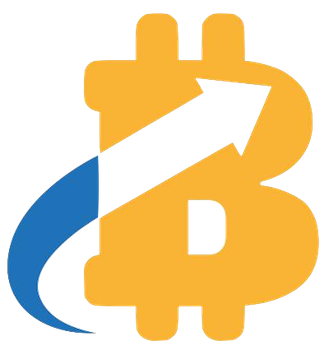For years, the narratives surrounding cryptocurrency have been dominated by the promise of relentless altcoin rallies—dynamic shifts that supposedly mirror Bitcoin’s earlier meteoric rise. However, a critical examination reveals that what many perceive as an “altcoin season” is increasingly just a mirage fueled by institutional strategies rather than genuine retail-driven enthusiasm. Contemporary market behavior suggests that the real power lies in digital asset treasury companies (DATCOs), which have been eclipsing individual altcoin performances. This shift indicates that the so-called altcoin season is less a spontaneous market phenomenon and more a carefully engineered play by institutional actors seeking controlled exposure and risk mitigation.
What’s alarming here is the rise of these structured entities, which engineer market movements that resemble altcoin rallies but lack the organic spark that once characterized retail-led bull markets. These companies leverage sophisticated financial engineering, enabling investors to gain leveraged positions on cryptocurrencies through traditional financial channels. The result is a market environment where headline-grabbing altcoin surges are, in many cases, orchestrated rather than emergent.
Institutionalization and Its Impact on Market Dynamics
The recent regulatory framework introduced by the SEC for cryptocurrency ETFs marks a pivotal pivot point. By favoring basket products that contain multiple cryptocurrencies—such as those from Grayscale and Bitwise—the market is subtly shifting away from individual altcoins’ raw volatility towards diversified, institutionally palatable portfolios. These products, often weighted by market cap, serve as a buffer against the extreme swings that have historically characterized altcoin markets.
However, this diversification trend signals a fundamental change: a preference by institutional investors for broad exposure over high-risk, single-asset bets. While such products might attract significant capital, they do so at the cost of undermining the narrative of a vibrant altcoin season driven by retail speculation. Instead, what we see is a cautious, strategic approach rooted in stability and regulated, compliant investment structures. This is a stark contrast to the wild, often unpredictable movements that once fueled retail enthusiasm and excitement.
Moreover, the looming approval of ETFs for tokens like Cardano or XRP depends heavily on futures contracts held for six months on CFTC-regulated exchanges, primarily Coinbase Derivatives. Such regulatory criteria, while increasing oversight, may inadvertently lower the barrier for questionable projects to enter ETF wrappers. This could lead to increased market exposure but also raises concerns about oversight and project integrity, tilting the playing field away from genuine innovation toward regulatory arbitrage.
The Future of Altcoin Rallies: A Diminishing Spectacle?
It’s increasingly clear that the traditional altcoin rally—the kind that ignited during previous bull markets—is unlikely to re-emerge in the same form. Institutional activity, exemplified by treasury companies absorbing capital typically destined for speculative altcoins, appears to have permanently altered the landscape. These entities offer a much-needed veneer of stability and compliance, channeling investors’ capital into regulated, less volatile avenues.
This trend raises a critical question: Are the boisterous altcoin rallies of yesteryears destined to become relics of a bygone era? If institutional money continues to prefer diversified ETF products over concentrated exposure in individual altcoins, the market’s speculative fervor may give way to a more subdued, institutionally driven market environment. Ethereum ETFs, for example, show that even assets with high technological promise struggle to inspire genuine momentum when institutional interests are primarily attracted to safer, diversified Exposure.
Furthermore, the rise of these regulated, basket-style products suggests that the future of the crypto market might resemble traditional finance more than the wild west it once was. Retail traders seeking quick gains are increasingly sidelined as sophisticated institutional players prefer structured and less risky vehicles. This fundamental shift not only alters market dynamics but also signals a potential stagnation or transformation of the altcoin scene—less as a space for innovative, high-risk projects and more as an asset class integrated into the broader, regulated financial system.
In stark terms, the current market’s trajectory indicates that what many hope is a renewed altcoin season is likely just an illusion—a carefully curated phase driven by institutional interests rather than genuine grassroots enthusiasm. While token technology may evolve, the behavior of large-scale investors suggests that the era of explosive altcoin rallies is waning, replaced by strategic diversification and cautious participation within the bounds of regulation and risk management.


















Leave a Reply